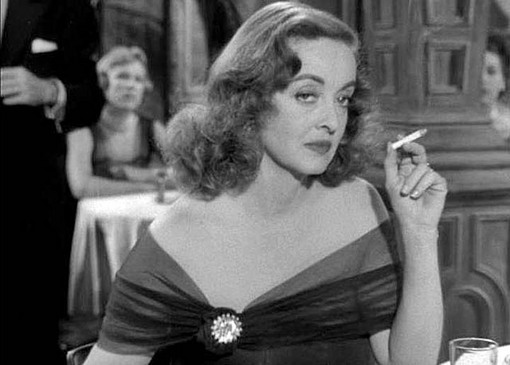
The second greatest female star of Hollywood History, according to the American Film Institute, Bette Davis arrived in LA in the early 1930’s and was at first given little credit. Legend has it, the actress was surprised no studio representative was at the train station to greet her; she later discovered the employee left because he couldn’t find anyone that “looked like an actress”.
Despite her less than star-like looks, Warner Brothers decided to bet on the young actress’ talent and signed her to a long-term contract. Davis was soon able to showcase her skills playing strong and frequently unbalanced characters. She rose to the top fast and critical and public acclaim were almost immediate. In 1935, she won her first Oscar for Dangerous.
Starting off with 1938’s Jezebel, her on and off screen partnership with director William Wyler produced some of her best work and the 1940’s turned out to be the most fruitful period of her career.
Davis’ range was astonishing and kept her in great demand throughout all of her six decades in show business. Off-screen, Davis’ reputation was that of a strong-minded woman who could stand up to co-stars, reporters and even studio bosses. She died of breast cancer in 1989, after having played in over 100 productions.
Although Davis proved she could do comedy and light-drama well, its undeniable she was at the top of her game when playing in melodramas. This account, that attempts to list the actress’ greatest moments on screen, reflects this fact. Please also keep in mind the titles appear in chronological order.
1. Of Human Bondage (1934)
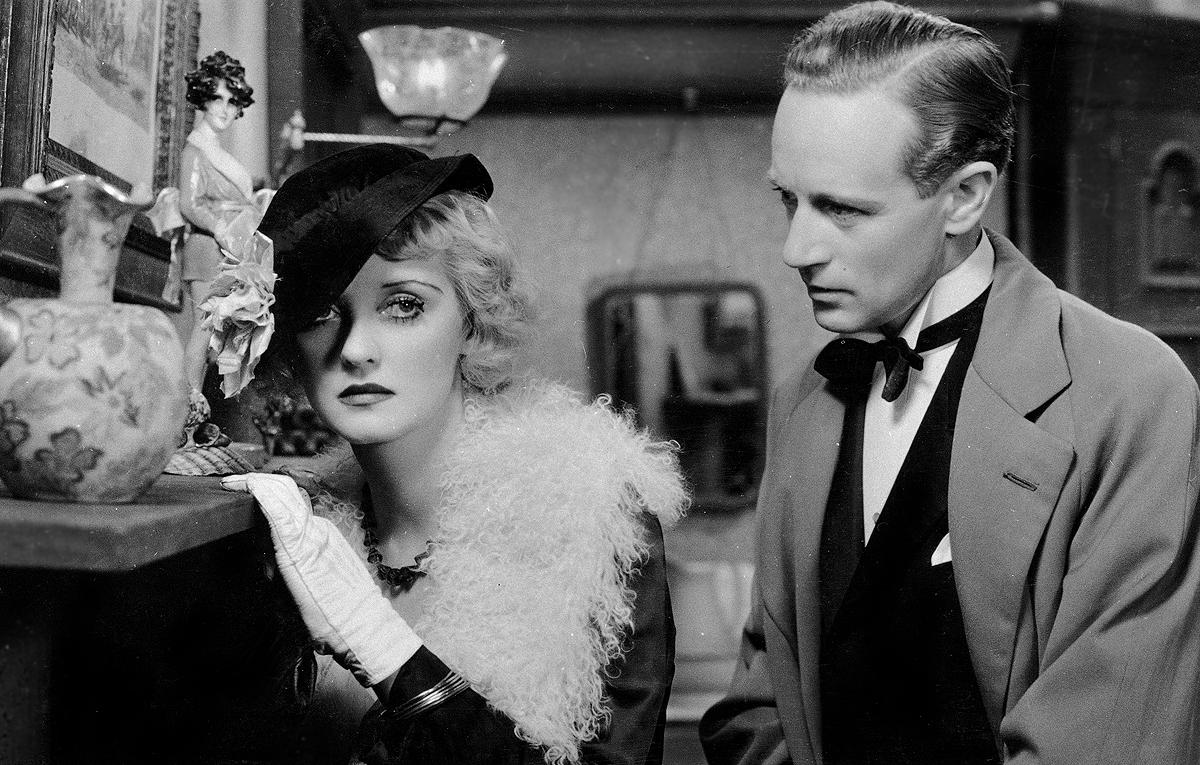
In 1934, Bette Davis had been in Hollywood for 4 years. She was working steadily at Warner, but felt her career was getting nowhere due to the poor quality of the parts she was being offered. When the actress found out RKO was going to adapt W. Somerset Maugham’s novel Of Human Bondage for the screen, she decided to press boss Jack Warner into lending her to the rival studio. Warner agreed, but only because he greatly underestimated her talent.
The role of the cold-hearted and selfish waitress Mildred Rodgers was the perfect vehicle to catapult Davis into stardom. She is evil, vulgar and deliciously melodramatic.
While destroying herself and her fictional husband, Leslie Howard, on the screen, Davis conquered a legion of fans and supporters in the Industry, who were shocked when the actress failed to get an Academy Awards nod. Still, Warner’s counter-campaign became useless when Davis entered the Oscar race as a write-in nominee. Although she did lose to Claudette Colbert for It Happened One Night, Bette Davis became a household name.
2. The Petrified Forest (1936)
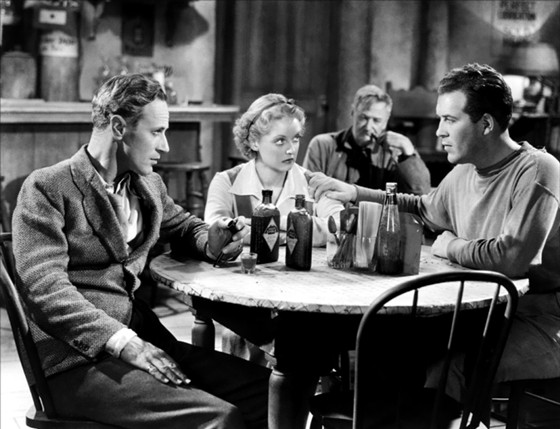
Young Gabrielle Maple (Bette Davis) is a dreamer. The young girl lives and works at a diner out in the desert. She hates her life and longs for the excitement of far-away Paris. In comes Alan Squier (Leslie Howard), a failed writer whose broken dreams have led him to contemplate suicide.
They quickly develop a friendship based on their mutual admiration for each other, but tension is in the air when news break that a killer on the run named Duke Mantee (Humphrey Bogart) is nearing the area. Eventually, the bandit takes over the café to dire results.
A romantic and somewhat naïve lady is not your typical Davis role, and certainly not the type she would get to play many times in her career. Bogart is the domineering figure in the film and she was still emerging as a star, but her talent manages to shine through.
An unique part for Davis in a Noir-ish gem, with a great cast and nice touches of idealism and romance, The Petrified Forest is a document on the developing confidence and screen-presence of one of Hollywood’s greatest stars.
3. Marked Woman (1937)
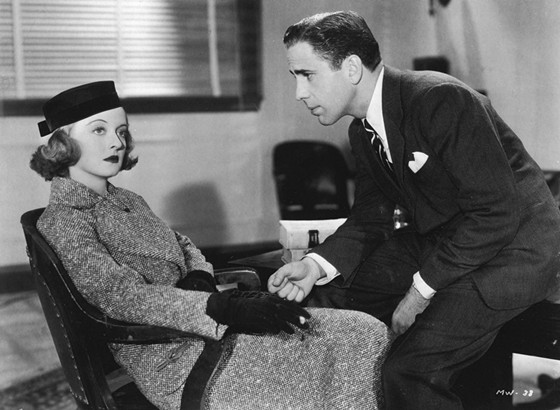
Lloyd Bacon’s Marked Woman has Davis in one her best early roles in a sadly little-known film to the general public.
After her battle with Warner for better parts, Davis got this fast-paced, inflated melodrama that gives room for her to do what she did best. She plays Mary Strauber, a nightclub “hostess” that agrees to testify against her gangster boss after her innocent sister is murdered.
There are lots of snappy dialogue and underlying mobster violence involved. In a particular scene, Davis’ character is brutally beaten and scarred for life. Not much is actually shown, but she reappears completely disfigured; a bravura act on the actress’ part, considering this was a time when a beautiful and classy screen image was a most important factor to popularity.
4. Jezebel (1938)
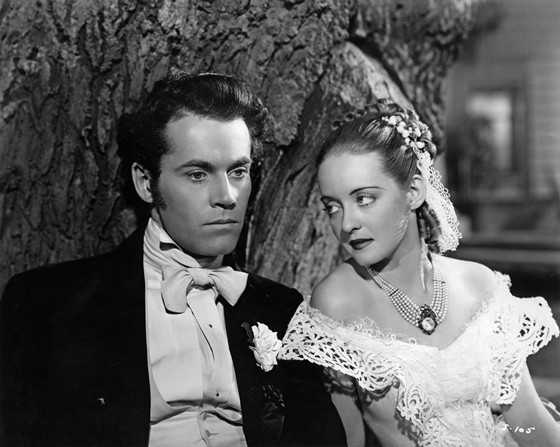
In her second and last Oscar-winning performance, Bette Davis plays Julie Marsden, an obstinate Southern Belle who seeks redemption after losing her fiancé to her own vain and stubborn ways.
Jezebel was Warner’s response to the yet-to-be-released Gone with the Wind. Its tagline was “The South’s Greatest Romance” and Davis’ Julie certainly carries a lot of Scarlett O’Hara in her.
Although not as epic as David O. Selznick’s famous take on the Old South, Jezebel is a tremendous film on its own. It scored five Academy Award nominations and its beautiful sets and costumes give it a genuine southern atmosphere.
However, the main reason it stood so well the test of time rests on its marvelous acting team. Fay Bainter and Henry Fonda shine bright and Davis is simply magnificent. Truthfully, the actress is so convincing as Julie, it makes you wonder how Gone with the wind would have turned out if she had scored the lead like she intended.
5. Dark Victory (1939)
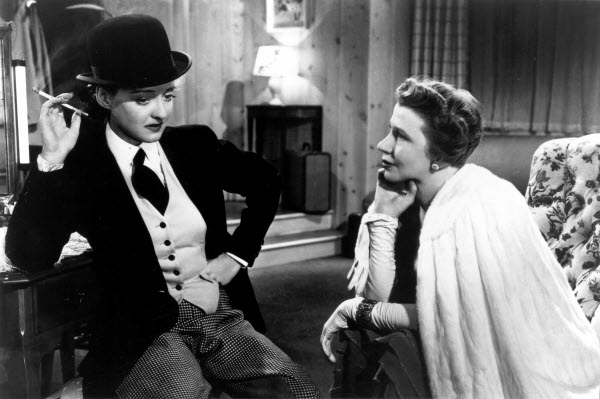
This was allegedly Davis’ favorite role to play and it’s not hard to imagine why. As the tragic Judith Traherne, she found a character that she could really use all her tenacious dramatic talent on.
In the Edmund Goulding production, Davis is a carefree socialite who is diagnosed with a brain tumor. She falls in love with her doctor ( George Brent), but is at first hesitant to embark on a relationship. Following the advice of her horse trainer and admirer (Humphrey Bogart), who tells her to live the rest of her life as fully as possible, Judith decides to marry the physician. Their happiness is evident, but constantly threaded by the shadow of her inevitable downfall…
The core of the film is in Davis’ character transformation from a radiant young girl to a mature woman trying to face her final days in a dignified manner. A complete personality swift, that only an actress with a talent the size of Davis’ could have pulled off in a believable way. She got an Oscar nomination for her performance and most likely would have won if the year was not 1939 and a little movie called Gone with the Wind was not sweeping all the awards.
6. The Letter (1940)
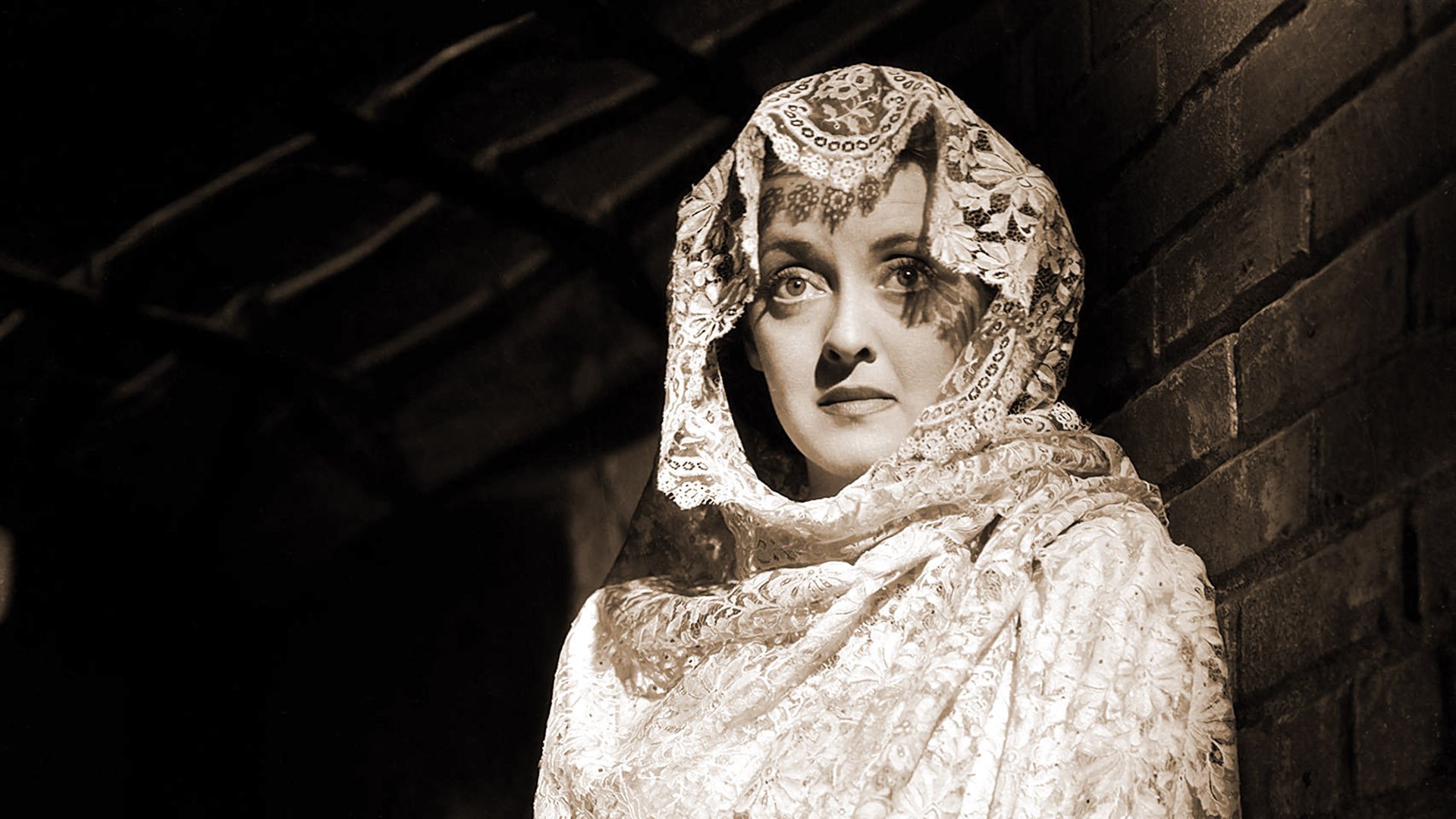
William Wyler’s The Letter has a very simple plot. In fact, it’s quite rare to find a movie with such a basic screenplay to be this effective. The main reason it works as well as it does, rests solely on its larger-than-life leading-lady.
Davis is Leslie Crosbie, the wife of a rubber plantation administrator who murders a man in cold blood. She claims it was self-defense, but to Crosbie’s despair a letter in her own handwriting may bring the whole truth out.
From its legendary opening sequence, that finds Davis mercilessly emptying her revolver on her lover, you become completely engrossed by one the greatest performances the actress delivered during her long and productive career.
Encapsulated by an atmospheric tale of adultery and lies, Leslie is not a sympathetic character to play. Still, Davis gives complexity to the part, showing conflicting sides such as her submissive, yet authoritative behavior with her husband.
Davis owns the screen for all 95 minutes of the picture. She makes exceptionally good use of her trademark eyes and easily manages to take the audience to Leslie’s side, even while the tragic character succumbs to her own fabrications.
7. The Little Foxes (1941)
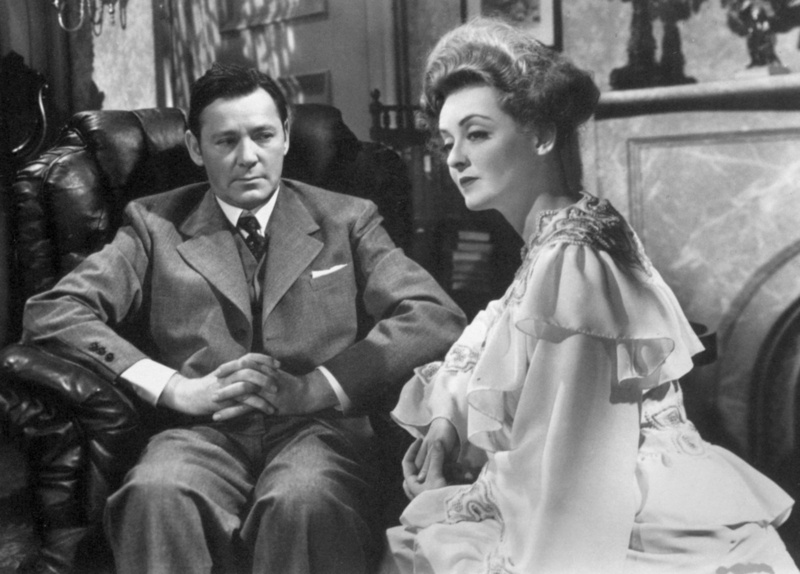
The third and final collaboration of Bette Davis and director William Wyler is certainly their darkest one and arguably their best.
The story of the sadistic Hubbard family was adapted to the screen by Lillian Hellman from her own play of the same name. At the turn of the 20th century, the affluent clan pushes the boundaries of greed and egotism, efficiently demonstrating how destructive this type of behavior can be.
The most nefarious member of the bunch is Regina ( Davis). An amoral woman, so embedded by evil she will go as far as using her own daughter into reconnecting with her estranged husband in order to fulfill her own selfish interests.
In a particular scene, Regina calmly watches from the sofa while her dying husband agonizingly crawls up the stairs in search for his medication. A chilling moment, made especially powerful thanks to Davis’ complete lack of emotion. Up to that point, she was never so hauntingly vicious on the screen.